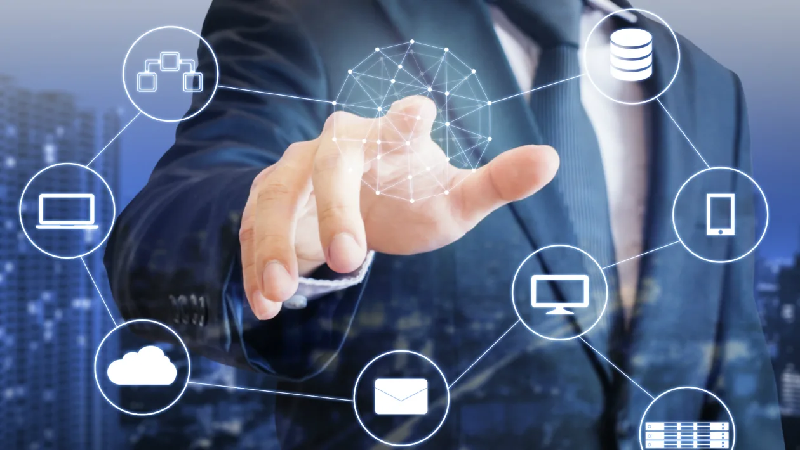October is considered Cybersecurity Awareness Month. It is a time when industries celebrate the importance of protecting users, businesses, and data from cybercriminals and hackers.
But cybersecurity can be complicated and technical, especially as technology evolves so rapidly. So here are four themes that organizations need to focus on to understand how secure digital systems help safeguard their customers, data, and reputation.
The Role of Biometrics
Biometrics is a way to identify people based on their physical attributes. The technology can be used to verify identity, secure access to systems, protect against fraud, and replace passwords.Biometric authentication includes fingerprint scans, iris scans, and voice recognition.
Biometric data is unique for each person. No two persons can have the same iris scan, even twins. This makes it an effective security measure against unauthorized access and threats like identity theft or data breaches.
However, as biometrics gains more traction in various industries, discussions around its privacy and ethical biometrics also arose. Improperly using biometric data can lead to legal and political issues, as was the case with ID.me, Clearview AI, and Onfido.
The actions of these businesses have attracted the attention of legislators and the courts. These cases will hopefully result in the adoption of better laws on the ethical use of identity as a service (IDaaS) solutions to safeguard rather than take advantage of consumers. These policies should underpin the three pillars of ethical biometrics:
- explicit informed consent to use biometrics
- the absence of bias based on skin tone, gender, or other characteristics
- the use of an opt-in rather than an opt-out model for biometric use
Ways to Keep Data Breaches Down
There are several ways to keep data safe. One approach is recognizing factors that make a system vulnerable to unauthorized access. Another is to Educate your staff about the dangers of Hacking through this Ethical Hacking Course to keep the data safe. For example, human error is one of the main reasons for major hacks and data breaches. For example, human error is one of the main reasons for major hacks and data breaches. Understanding how it can happen and addressing them can make major improvements in a company’s cybersecurity.
Smishing and social engineering attacks recently led to Uber’ssystem breach. The hacker was able to persuade an employee to reveal their passwordto gain access to Uber’s systems, including Duo, AWS, and Google Workspace.
One of the best courses of action to protect databases, according to researchers, is to establish powerful FIDO2 passwordless authentication. Human factor authentication, likeauthID’smobile facial biometric identity solution, is necessary to address human-driven security weaknesses.
Another way to secure corporate systems from hacks is to make sure that any devices used for work have up-to-date security patches installed. This should be done before connecting to public Wi-Fi networks or using the device outside the office. This will helps protect users and the enterprise against cybercriminals who might be able to take advantage of vulnerabilities in outdated software versions.
Conclusion
Cybersecurity is a complex concern that requires the use of multiple tools. By considering current cybersecurity themes —identity, privacy, and protection of sensitive data; secure software development; secure hardware design; and defense against cybercrime— organizations can make their network and data more secure.
For more information about Identity as a Service and Mobile Facial Biometric Identity Solution, visit our website at authID.






